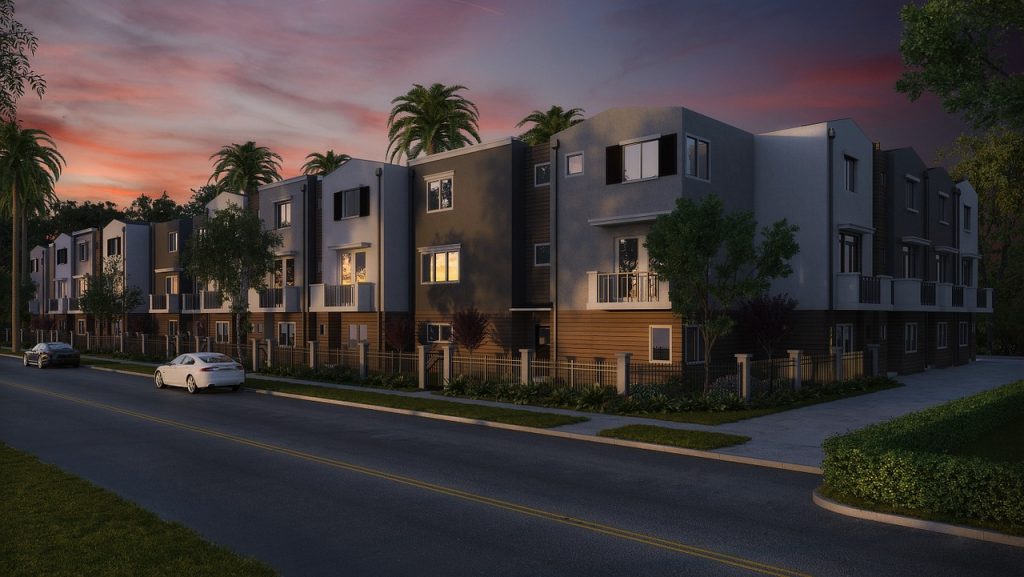In May the California Department of Housing and Community Development released updated State Income Limits that apply to designated affordable housing programs for 2019. The limits are based on the median income levels for extremely low, very low, low and moderate-income households covering California’s 58 counties.
The State Income Limits are used to determine the eligibility of applicants for many affordable housing programs. For example, if an affordable housing development dedicates a certain percentage of units for those with very low-incomes, then the State Income Limits would determine the maximum amount of household income that the tenants occupying the units can make in order to live in those designated units.
“Use of State Income Limits are subject to a particular program’s definition of income, family, family size, effective dates, and other factors,” wrote Zachary Olmstead, Deputy Director Division of Housing Policy Development in a memo. “In addition, definitions applicable to income categories, criteria, and geographic areas sometimes differ depending on the funding source and program, resulting in some programs using other income limits.”
The U.S. Department of Housing and Urban Development (HUD) develops median incomes for metropolitan and non-metropolitan areas around the country. HUD adjusts the income limits for areas with unusually high or low household income or imbalanced housing costs to household income ratios. HUD determines the income limits for the “extremely low” category by using the Department of Health and Human Services’ Federal Poverty Guidelines. The “very low-income” category reflects 50 percent of the Median Family Income (MFI) and forms the basis for the other income limits. The “low-income” level represents 80 percent of the area’s MFI. The state determines the “moderate-income” level.
“In certain cases, HUD also applies an adjustment to the income limits based on the state non-metropolitan median family income level,” Olmstead stated in the memo. “In addition, HUD restricts adjustments so income limits do not increase more than five percent of the previous year’s very low-income figure or twice the increase in the national MFI, whichever is greater. For the 2019 income limits, the maximum increase is 10 percent from the previous year. This adjustment does not apply to the extremely low-income limits.”
Adjustments are also made for household size, with income limits being higher for larger households and lower for smaller households, using a four-person household as the base.
According to the 2019 State Income Limits, the median income for Santa Clara County is $131,400 for a four-person household. For the same household size the median income at the extremely low level is $43,900, very-low is $73,150, low-income is $103,900 and moderate-income is $157,700. Based on the figures, affordable housing eligibility is based by counting the number of persons in a given household (the above numbers represent a household of four) and adding up the gross income for all persons and determining whether the total is at or below the limit for the target income level.
Following the release of the State Income Limits, the City of Sunnyvale used the figures to establish maximum rents for Below-Market-Rate (BMR) and Affordable Rental Unit (ARU) programs in the city. The BMR rent limits for one-bedroom and two-bedroom units are $1,839 and $2,069 respectively. The ARU rent limits for one-bedroom and two-bedroom units are $1,464 and $1,646 respectively. The City subsequently notified all property managers about these rental rent limits for the designated affordable units.
According to Zumper’s San Francisco Bay Area Rent Report for June 2019, the median rent for a one-bedroom apartment in Sunnyvale was $2,570 while the rate for a two-bedroom was $3,350.
